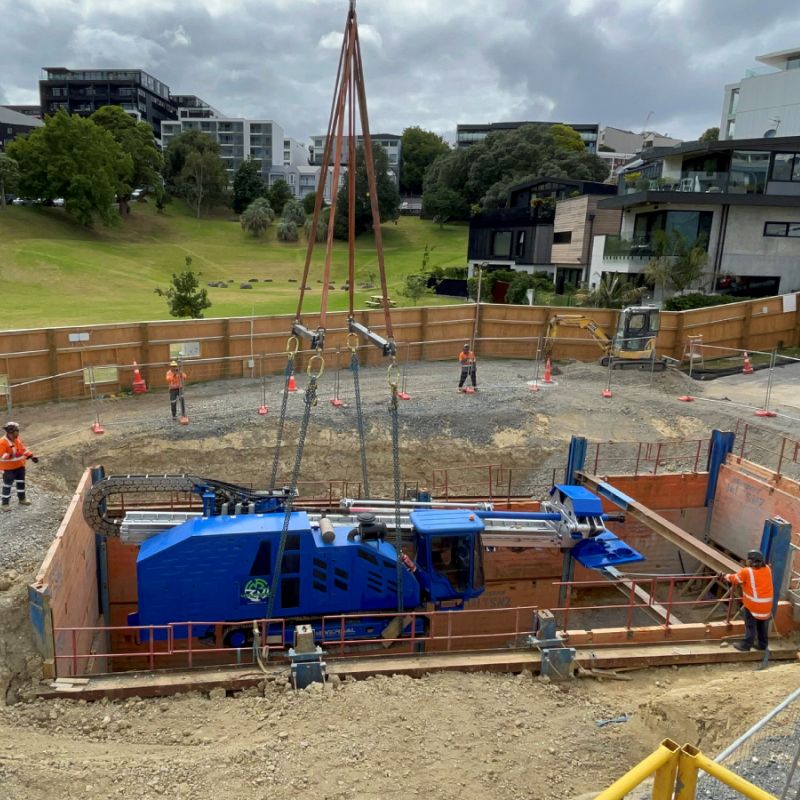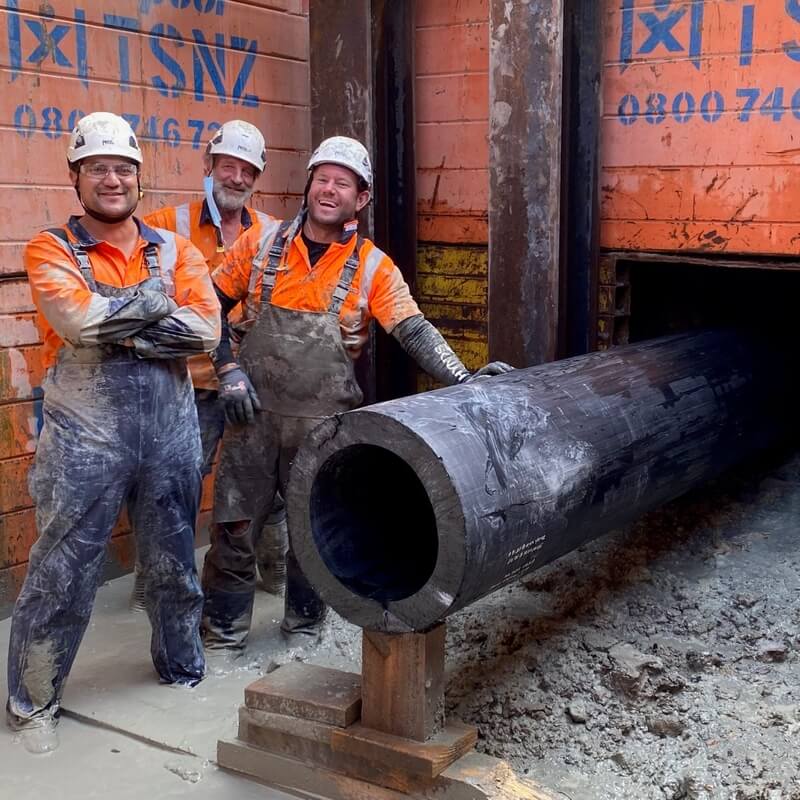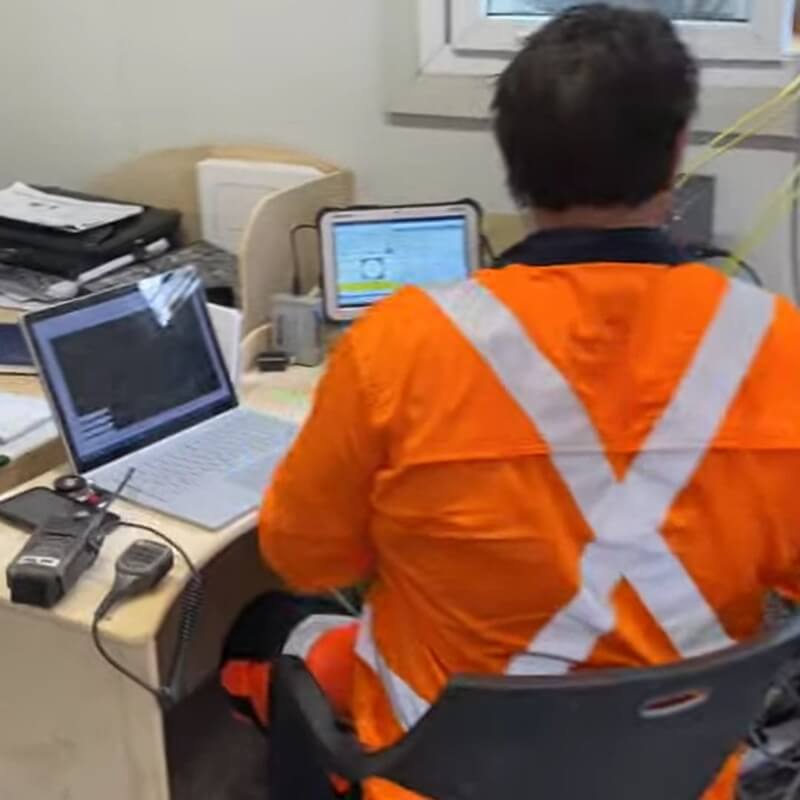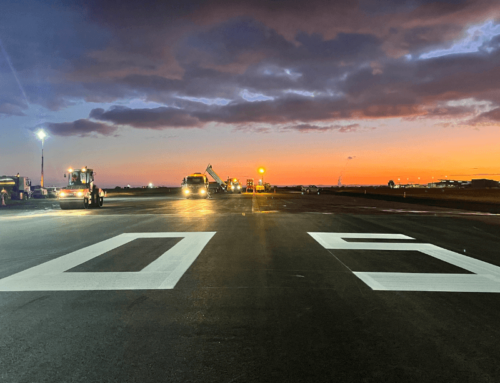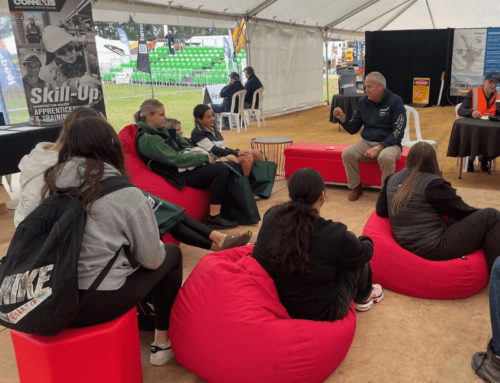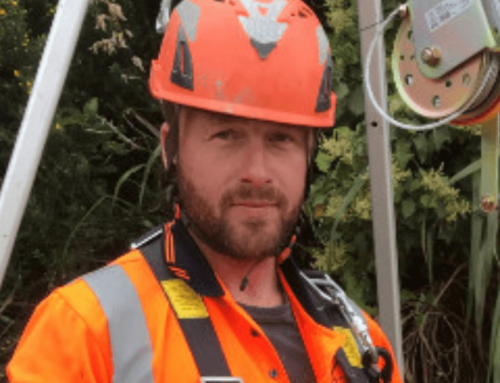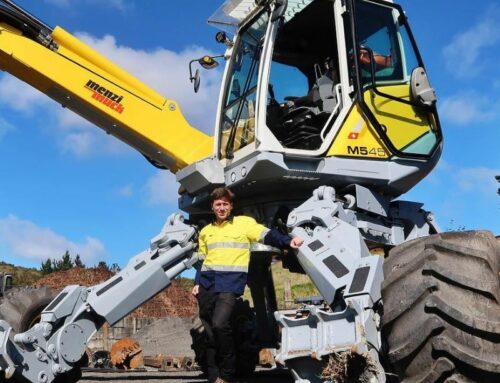Technology that makes it possible for an engineer to remotely guide a drill through the ground in a far-off land could open up projects overseas to smart young career seekers working from offices in New Zealand.
It’s an exciting proposition for Kiwis considering the possibilities of future careers in civil construction, and one which Neil Vanner from trenchless construction and directional drilling company Universal Underground believes could one day be possible.
Neil and his team are among the best-known directional drillers in the country. They recently won the ‘Highly Commended’ award at the Civil Contractors New Zealand Hirepool Construction Excellence Awards for a project building a critical 330-metre-long wastewater pipe up to 26 metres underground in in Auckland.
The work, undertaken in February this year, played a critical role in re-routing a section of Auckland’s wastewater network to avoid the path of tunnels being built for the $4.4 billion City Rail Link project that is creating a 3.45 km dual-tracked underground rail line under the city.
Neil says one of the unique aspects of the project was that the drill used to create the hole for the wastewater diversion was steered remotely by an engineer based in Melbourne, Australia, while the team on the ground managed the setup and physical works.
With the help of wire tracking technology, ground penetrating radar and an array of transmitters in the underground drill head and on the surface, the engineer was able to receive and interpret data about the drill rod’s exact location and steer it along the best possible route.
This is made possible with careful planning. Before any drill tunnel – or “shot” – is created for a major project, Universal Underground carefully reviews central and local government plans of underground services along the route and creates a digitised model using accurate GPS data.
By reviewing data sent back by transmitters in the drill and using a specialised mud motor drilling head that can steer the drill up and down or left and right, an operator can make corrections or steer around known obstacles in real-time.
“The technology for this kind of precise underground drilling has been around a while but it is being used more and more in New Zealand – particularly when you are drilling deep underground and in urban environments with a lot of other services in the area,” Neil says.
He says the key reason the project was steered remotely was driven by necessity. In the past Universal Underground would have flown it’s Australian-based partner company in for a job of this kind, but the travel restrictions in place by the New Zealand Government to reduce the spread of COVID-19 situation meant they had to trial a new approach.
Fortunately, with the help of technology, navigating the drill from across the ditch proved to be no problem at all. It has opened some people’s eyes to the potential of remote drill steering and could open new opportunities for New Zealand based individuals and companies to support overseas projects in future, perhaps even in places like London, New York.
But if you thought the advanced technology being used these days means underground drilling is simple, you’d be wrong, Neil said.
Tunnelling through the earth still poses an immense amount of challenge, whether for a new water pipe, gas pipeline, or even a new sub-terranean rail network like Auckland’s City Rail Link.
In urban centres there’s a “spaghetti” of underground infrastructure that needs to be avoided, ranging from buried electricity and fibre cables to water and gas pipes and underground structures. There are also huge challenges posed by the terrain, environment, and an area’s geology.
“On the recent City Rail Link wastewater diversion job we went through some soft, sandy ground at each end of the shot, and that resulted in sinkage,” Neil says.
“That makes things difficult when you need a consistent fall to ensure water flows through the pipes once they are put in place, and when you are required to drill your hole to a 2 per cent envelope of accuracy against the original plans.”
While directional drillers work incredibly hard to avoid surprises – from reviewing plans to using ground penetrating radar – the plans are not always accurate. That means drilling is a real art, Neil says, and the drill pilot needs to interpret the data being sent back and understand the stress the machine is under if they are to know they have hit something that shouldn’t be there.
Large boulders are a common obstacle, especially if the drill hits them at a shallow angle, but there are also many unexpected finds as well.
“We have come across everything from car bodies to ancient tree trunks – I saw a story out of the UK where drillers inadvertently came across the ruins of an unrecorded medieval village that had been buried over time.”
Neil says one of the more interesting technological developments of the past few years is the use of augmented reality to help workers visualise what is in the ground below them. This technology works by converting the locations of underground infrastructure into digital form, visualising it, and making it possible for a person on a work site to download an app and point a mobile device at the ground to get a virtual X-ray view of what lies beneath on the device’s screen.
“It’s only as good as the plans and records that have been uploaded, but the technology is pretty cool.”
Innovations like these keep the industry on its toes, but they also mean the kinds of people the job requires need a slightly different skill set to the drillers of the past.
“I think the STEM fields are more important than ever, particularly technology and maths. You also need a level head and to be able to cope with stress, but a lot of that can come with experience.”
Neil says civil construction is a rewarding career, and one that makes a real difference to New Zealand communities. The polyethylene pipes being put into the ground today will serve communities for hundreds of years to come, and his team gets to travel to all sorts of different cities and locations to provide their services.
“Every job is different, whether it’s the underground conditions, the above ground environment or different and interesting people you meet. The industry is fantastic and some of the places I’ve got to work in have been amazing.”

